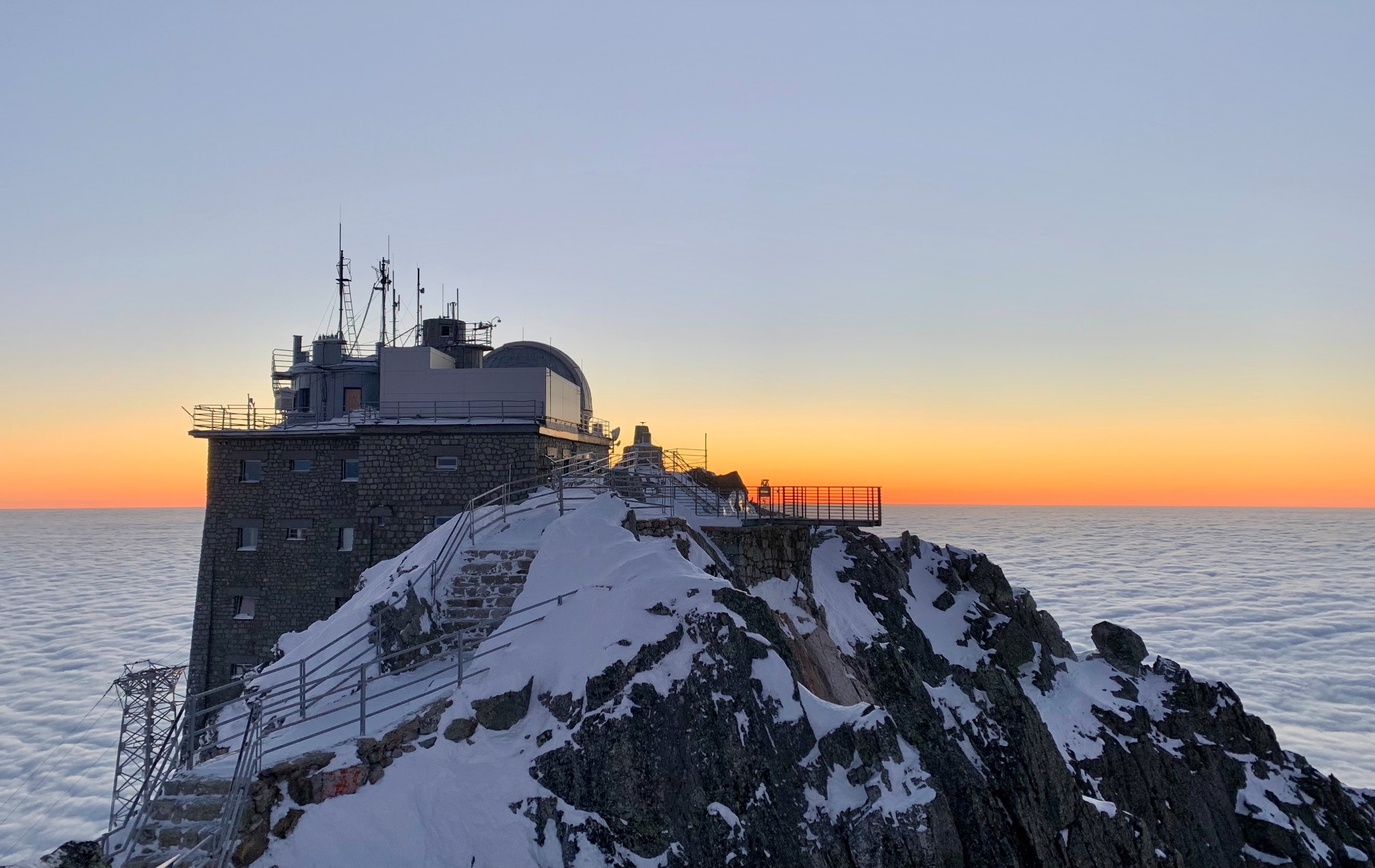42 consecutive years of cosmic ray measurements on Lomnický Štít

Institute of Experimental Physics SAS has been conducting cosmic ray observations on Lomnický Štít for over half a century. Continuous monitoring, initiated in 1981 using the standardized neutron monitor 8 NM 64, has resulted in one of the most extensive time series on cosmic phenomena, with hourly resolution at first, now refined to one-second precision, provides valuable insights into the near universe over the past 42 years. The dataset and its analysis have now been made available to the scientific and professional community.
“When you compare what recording devices were like in 1981 and what they are like today, it is not difficult to imagine that creating a comprehensive dataset requires considerable effort. Thanks to the cooperation of students and colleagues who have been engaged in measurements throughout their careers, a unique dataset was created in which the properties of the four solar cycles are clearly manifested. Moreover, the detailed analysis describes the most interesting events that could be observed using the neutron monitor,” said RNDr. Šimon Mackovjak, PhD. from the Department of Space Physics at the Institute of Experimental Physics SAS.
If we would like to explore the universe only with optical telescopes, we would only understand “parts of the story”. Cosmic radiation particles offer us other important phenomena that are not onlz interesting for scientists, but also affect our everyday lives. The abundances of particles detected by the neutron monitor are in a significant anti-correlation with solar activity, which in 11-year cycles significantly affects phenomena in the near universe. The reason is the magnetic field that escapes with the plasma from the Sun and during the greatest solar activity modulates the flow of galactic cosmic radiation, which leads to the local measurement minimas obtained on Lomnický štít. The process is clearly shown in Figure 2.
“The currently published study can serve as an excellent base for anyone interested in our data. In addition to the well-known Forbush decreases, which provide information about plasma approaching from the Sun, it is also possible to find very rare phenomena in the data such as GLE (Ground Level Enhancement), which are frequency increases caused by energetic particles directly from the Sun, or the relatively recently discovered TGE (Thunderstorm Ground Enhancement), which are frequency increases caused by the acceleration of particles in strong electric fields in thunderstorm clouds,” added the space physicist.
The study not only offers a historical record of what happened, but also provides an understanding of phenomena that are of great importance for the present. In a current project for the European Space Agency (ESA), the Department of Space Physics at the Institute of Experimental Physics SAS is preparing a service for calculating radiation doses for airline crews. An important input for this calculation is the data from the neutron monitor on Lomnický štít. Therefore, continuous measurements is not only of scientific importance but also for the safe operation of air transport.
The published papers are available here:
Source: SAS News
 Contact
Contact Intranet
Intranet SK
SK






